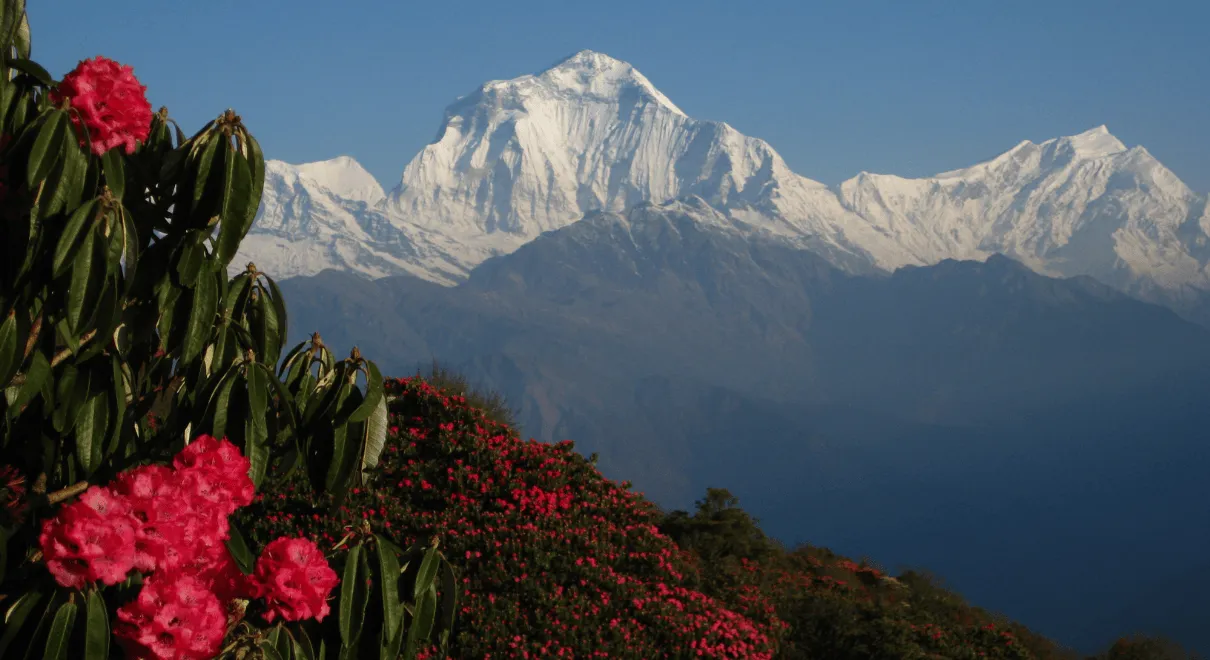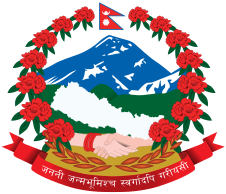Nepal Trekking Without a Guide

Guideless trekking in Nepal is not just possible but also extremely trendy among self-governing travelers who desire to see the Himalayas on their own terms. Whether or not you can trek in Nepal independently, the answer is yes to most of the major trails. Guides are no longer needed for open trekking zones as of 2025, and therefore, trekking in Nepal independently has never been simpler. Popular treks like the Annapurna Circuit, Everest Base Camp, Langtang Valley, and Ghorepani Poon Hill are available for solo walkers and independent solo trekkers who value the autonomy of self-guided discovery.
Annapurna Circuit is well-suited for trekking in Nepal independently, with excellent paths well-marked and regular teahouses providing food and accommodation every two hours. Similarly, you can trek to Everest Base Camp independently as the route has excellent infrastructure, good signs, and a steady stream of trekkers during peak seasons. To undertake an independent trek, you will need to buy trekking permits like the TIMS card and national park permits, which are available from official channels in Kathmandu or Pokhara without any requirement for a trekking agency.
However, trekking in Nepal, unguided in limited areas, is prohibited. Places like Upper Mustang, Upper Dolpo, Kanchenjunga, and Makalu Base Camp require registered guides, special permits, and travel with licensed operators. The limitations are placed to preserve cultural heritage and ensure trekkers' safety in hard-to-reach areas with less infrastructure.
For unguided trekking, thorough planning is required. Acclimatize physically before your trek, use offline maps, identify symptoms of altitude sickness, and purchase comprehensive travel insurance that covers high-altitude trekking and helicopter evacuation. Carry sufficient cash in Nepali rupees because there are few ATMs along mountain treks. Guideless Nepal trekking offers tremendous freedom, significant cost savings, and a greater sense of personal achievement, and is therefore a valuable option for responsible travelers.
Guideless Trekking in Nepal: Full 2025 Guide
The towering Himalayas have beckoned fearless adventurers for decades, all wanting to be independent on the path. If you're curious whether guideless trekking in Nepal is a thing, then you're among friends. As most tourists keenly want to enjoy Nepal's breathtaking mountain views at their own leisure, the best news is that independent trekking is accessible to most of Nepal's popular trails.
Can I Trek Independently in Nepal?
Yes, it is possible to trek independently in Nepal along several popular routes. The Nepalese government had made provisions for independent trekkers and solo climbers to explore the country's scenic trails. Guided trekking in Nepal is not compulsory and is gaining popularity, especially on established trekking routes with facilities that accommodate independent travelers.
But times have changed. While you used to have to trek with a minimum of one companion, there are currently laws favoring solo trekking on open routes. The catch is understanding which areas are open for independent hiking and which require registered guides.
Do You Need a Guide in Nepal in 2025?
Guides are not necessary in Nepal's open trekking regions until 2025. You can trek popular trails such as Annapurna Circuit, Everest Base Camp, Langtang Valley, and so on alone without a guide or porter. You will need to acquire the corresponding trekking permits (TIMS card and national park fees), but these can be procured officially.
The Nepalese government differentiates open and closed trekking areas. In the open area, you are allowed to trek anywhere you choose without a guide, so independent trekking has never been so accessible.
Can I Trek the Annapurna Circuit Without a Guide?
Yes. The Annapurna Circuit is an extremely busy route for independent travelers. The trail is well marked with teahouses having accommodation and food occurring regularly every couple of hours. Several solo trekkers accomplish this trek without guides every year.
Annapurna Circuit infrastructure facilitates easy independent travel. You'll find English-speaking teahouse operators, decent trail marking, and other travelers to exchange information with. It's very easy to follow, and you can change your plans according to the weather, acclimatization requirements, or mood.
Other unrestricted open treks are the Annapurna Base Camp, Ghorepani Poon Hill, Langtang Valley, and Manaslu Circuit (though Manaslu has special permits).
Can One Hike Everest Without a Guide?
Yes, it is possible to trek to Everest Base Camp independently without a guide. The EBC trek path is well set with good facilities, and as such, it is perfect for independent trekkers who have experience. The trek from Lukla to Base Camp has numerous teahouses, well-marked signs, and a constant flow of trekkers during peak season.
But climbing the summit of Mount Everest itself takes expedition permits, seasoned guides, and expert mountaineering staff. The problem with trekking to Everest without a guide doesn't interrupt the actual climb, but only the Base Camp trek.
Nepal Trekking Without a Guide in Restricted Areas
This is where one-person trekking becomes challenging. Guideless trekking in restricted areas is prohibited. Restricted areas are Upper Mustang, Upper Dolpo, Kanchenjunga, Makalu Base Camp, and a couple of other remote regions.
Restricted areas need:
- Registered guide trekker
- Special restricted area permits
- Minimum group size (usually two trekkers)
- Passage through licensed trekking agencies
The restrictions are meant to assist in preserving cultural heritage, protecting fragile environments, and enhancing trekker safety in remote regions of poor infrastructure.
Solo Trekking Without a Guide: Practical Tips That Work
When it comes to solo trekking without a guide, preparation is the key. Below are key points to observe:
Physical Conditioning: Enhance cardiovascular fitness and leg strength before your trek. The Himalayas demand good health conditions, especially at high altitudes.
Map Reading Skills: Download maps offline using apps like Maps.me or Gaia GPS. Carry printed maps as a backup.
Altitude Literacy: Read up on acclimatization practices. Ascend slowly, identify warning signs of altitude sickness, and never hesitate to descend if symptoms arise.
Communication: Purchase a local SIM card for mobile phone coverage in most trekking areas. Hire a satellite phone for more remote regions.
Travel Insurance: Make sure your policy is valid to your highest elevation and has helicopter evacuation.
Teahouse Reservations: In peak months (October-November and March-April), reserve in advance at popular destinations, but walk-ins are fine in shoulder months.
Solo Trekking Advantages and Disadvantages
Advantages:
- Total flexibility with your itinerary and pace
- Mass savings compared to guided treks
- Greater sense of personal achievement
- Ability to hang out longer in favorite sections
- Local people contact only
Challenges:
- Entire responsibility for navigating and deciding safety issues
- None of the local knowledge about weather, trails, or cultural setting
- May be stuck on a secluded section of the trail
- You must arrange all logistics yourself
- Language difficulties in off-the-beaten-path regions
Main Preparations for Guideless Trekking
Make sure that you have the following before you leave to trek independently in Nepal:
1. Special Permits: Get TIMS cards and national park entry permits officially in Pokhara or Kathmandu
2. Good Equipment: Buy well-fitting shoes, a temperature-rated sleeping bag, and sensible layering
3. Emergency Preparation: Register your trek with your home country's embassy, exchange itineraries with family members, and have emergency numbers readily available
4. Cultural Sensitivity: Familiarize yourself with local culture, learn some Nepali vocabulary, and do not visit sacred areas
5. Financial Planning: Carry sufficient cash in Nepali rupees, as ATMs are not heard of on trails
Nepal unguided trekking is a rewarding experience providing freedom, challenge, and integration with the Himalayas. Independent trekking takes more effort and independence, but the reward is immense. On open landscapes such as the Annapurna Circuit and the Everest Base Camp, independent travelers can safely navigate these splendid routes. Please be careful to respect restricted area rules, plan well, and trek responsibly. Nepal's mountains await your independent trek.


.png)
.png)






